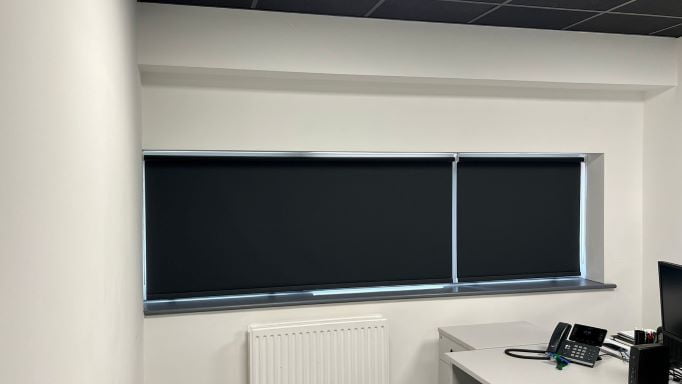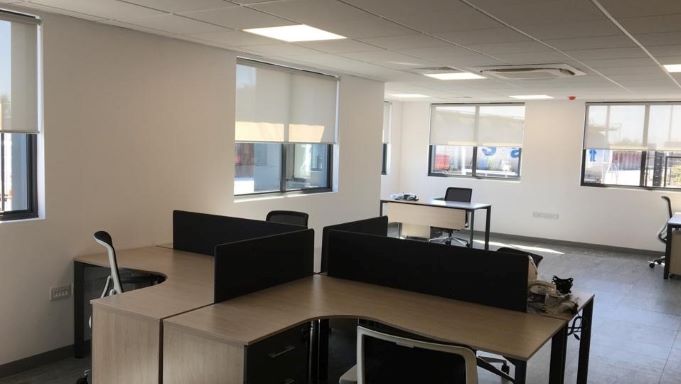Energy Saving Solar Shading
Selecting the right Solar Shading can reduce energy costs by up to 16%
Rising energy costs and the need to reduce carbon footprints has made energy efficiency a top priority. Solar shading is a cost-effective solution to tackle overheating in high-performing buildings.
Solar shading significantly reduces the need for mechanical air conditioning. Aircon does not have an effect on radiant heat exchange and can also negatively impact on indoor air quality. Using solar shading and less of air conditioning saves energy and saves you money.
Standout Features
Productive environments
We spend up to 90% of our time indoors, so ensuring such environments are comfortable is essential.
Productivity is impacted by thermal comfort. Temperatures which are too low inhibit dexterity while temperatures that are too high result in perceived lower air quality and health implications, such as increased stress and blood pressure. Heat also facilitates the spread of infection and diseases, a massive risk in healthcare and childcare sectors.
Performance affected from glare and reflections can cause eye strain and headaches.
Glazing is poor at preventing external sound entering our buildings, such as passing traffic or noisy neighbours. Inside, glazing acts as a hard surface allowing noise to rebound into the room. A softer furnishing at the window can absorb this sound, creating a more pleasant environment. Shading, integrated into the building’s design, can help achieve thermal, visual and acoustic comfort. Neglecting these aspects of building design can result in overall reduced productivity, increased costs and more frequent sick leave.
*Information sourced from the BBSA, National Energy Foundation and Shade It “Solar Shading Saves Energy” 2016 brochure.


How Solar Shading saves you money
Controlling light and glare
People naturally prefer daylight to other sources of illumination. Daylight has a positive effect on the biological rhythms of our bodies, improving emotional and cognitive responses.
Proximity to natural elements such as greenery and sunlight has been associated with a 15% improvement in wellbeing and creativity, and a 6% increase in productivity, but excessive exterior light, or glare, can hinder visual comfort. There are regulations in place that require the attenuation of light at workstations.
Shading allows the most to be made of natural daylight and unlike solar control glass, which is a purely passive product, shading solutions can react to varying external conditions.
Reducing heat loss
Glazing is a weak point in a building’s thermal performance and a major source of heat loss.
The ‘go-to’ solution would be to upgrade the glazing but shading should be the initial step, especially if there are building constraints, such as conservation areas, as shading helps provide insulation for glazed areas.
Controlling HVAC
Window blinds reduce heat loss during the winter and heat gain in the summer, thereby reducing a building’s heating and cooling requirements. Air conditioning currently accounts for 10% of the global electricity use. With that figure increasing it can increase a building’s energy consumption (and associated carbon emissions) by up to 100%.
Shading can aid natural ventilation of buildings during warmer times of the year, if windows are opened.
Modelling shows internal shading is an investment and can save up to 16% of HVAC energy.
Reducing heat gain
To be energy efficient, most modern buildings are highly insulated and ‘airtight’, but this significantly increases the risk of over-heating.
Overheating becomes more of a prominent problem with the reality of global warming, as higher temperatures are expected across the UK during the next 30 years, with heat related deaths tripling by 2050.
Appropriately controlled shading can significantly minimise the risk of overheating.

